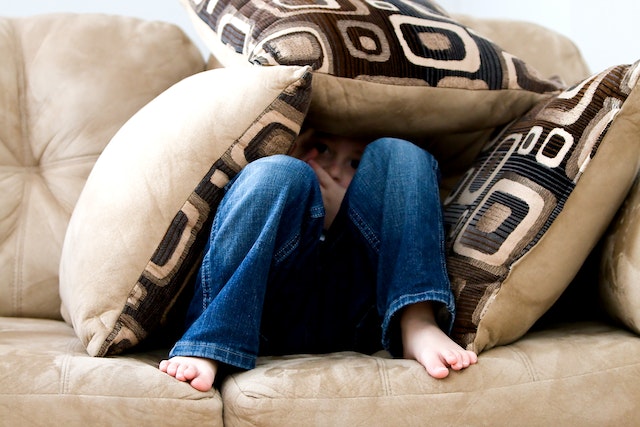 It’s easy to put aside some cash, when you have your website built and then forget about it. Unfortunately your website will continue to soak up resources and cost you hard earned cash on an annual basis. Here are my 5 key factors to keep your website productive and and your cash flow healthy from unexpected expenses.
It’s easy to put aside some cash, when you have your website built and then forget about it. Unfortunately your website will continue to soak up resources and cost you hard earned cash on an annual basis. Here are my 5 key factors to keep your website productive and and your cash flow healthy from unexpected expenses.
1. Web hosting and domain name renewal costs
Your website needs both a home in the form of web hosting and an address in the form of a domain name. You won’t just pay these costs once. Web hosting and domain name costs will continue year upon year and last the life of your website. Be sure you remember to budget for these costs and don’t forget to pay the bill each year or you risk your domain name being lost or your website suddenly going offline.
2. Marketing your website to ensure constant traffic
The work does not stop when your website goes live. Your website will need to compete with the millions of other sites. Just because you built it, does not mean they will come. Even if you go for free marketing solutions, like social media, you still need to factor in staff resources and time. Don’t underestimate the need for this on a daily, weekly and monthly basis or your traffic will dry up. It is easy to put the effort in when your website is first launched, but stop your marketing efforts and don’t be surprised when your website traffic takes a major nose dive.
3. Updating content for return visitors and Google ranking
This goes hand in hand with marketing your website. Without new content your website will become stale. Google likes websites that are updated regularly. If your latest news is from 2 years ago you give the impression of not caring or worse having gone out of business. If you don’t update your content you may find your website is indexed less often by Google and taker a serious drop in its ranking.
4. Technical maintenance and security updates
Whatever platform your website is built on, you will need to schedule time for maintenance and security updates. If you can’t perform these updates yourself, you will need to put aside a budget to employ someone else to do them. Without updates you risk your website being hacked or developing unexpected bugs.
5. Re-designing your website
Now this is not just me saying this as a web designer. At some point you will need to re-design your website. Most websites need to have an updated every 2 -3 years, depending on your market and customer needs. Technology evolves, just look at the current need for responsive design for mobile devices. Like any fashion, trends in web design also change. Keep an eye on your market and be sure your website is keeping up with the competition and meeting your changing business needs.
Take all these financial and resource costs into consideration and your website will continue to be a useful and cost effective part of your marketing strategy.



